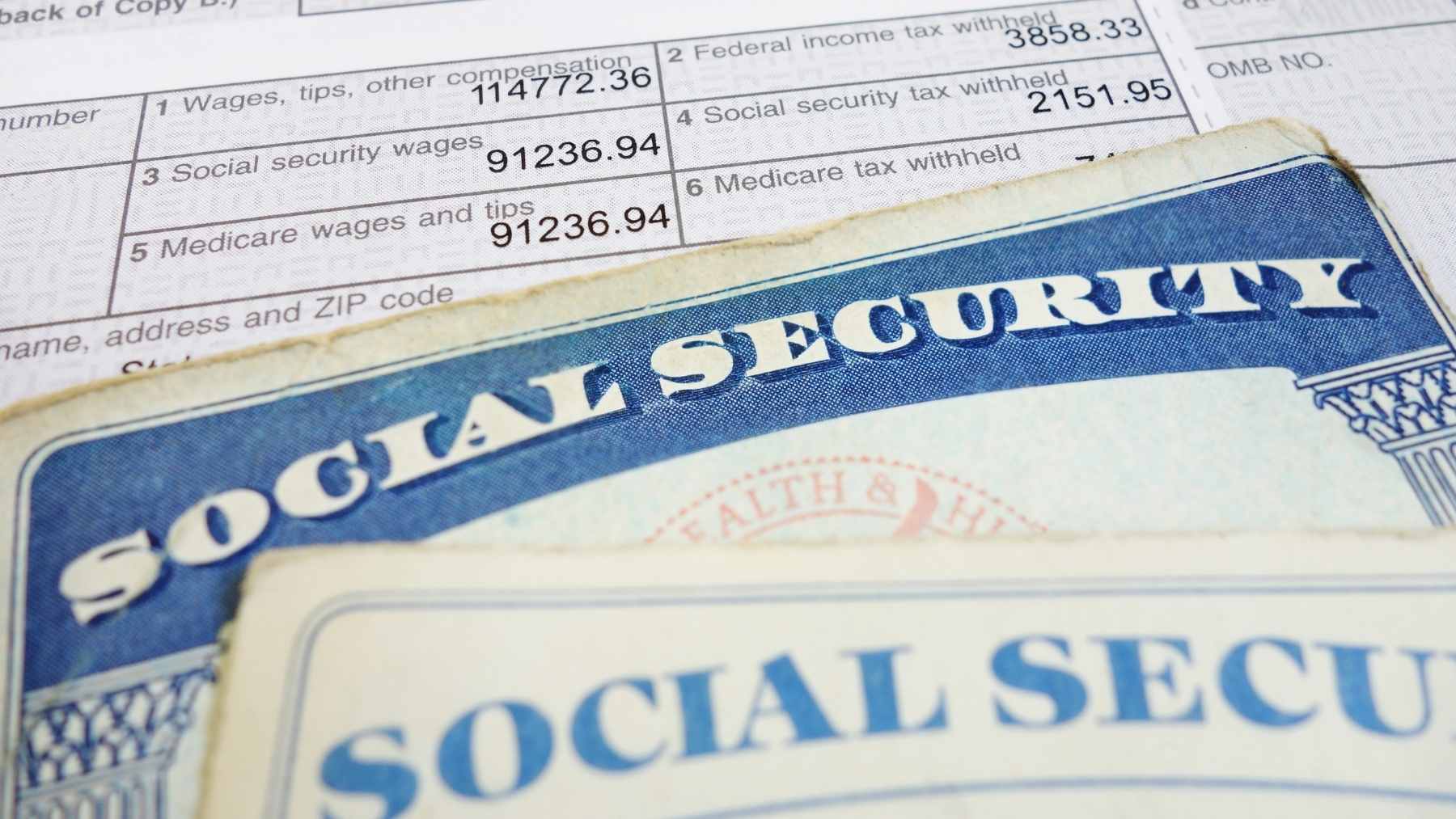With the tax season officially coming to an end last month for the 2024/2025 filing season, many taxpayers may have been distressed at the amount of tax they had to pay the IRS. Paying taxes can be a very stressful time of the year, and this can be further emphasized if you are only just able to afford the amount of tax you owe the IRS. Even if you can afford to pay your taxes, most people would like to reduce their tax liability as much as possible. Fortunately, there are legal ways you can reduce your tax load.
How pay-as-you-go income tax works
For most individuals, their taxes are paid to the IRS throughout the year, with the filing happening at the end of the tax year. This is to ensure that you do not have one large sum that you need to pay the IRS at the end of the year. If you are self-employed, this can be tricky, as you may end up in this position if you do not keep track of putting aside income to pay your taxes at the end of the year. Because of this risk, the IRS requires that self-employed individuals make quarterly estimated tax payments throughout the year.
For the large majority of Americans, taxes are paid by being withheld from their pay, pension, or other government payments. To avoid an estimated pay tax penalty where you pay too little of your taxes during the year, the IRS recommends that you pay at least 90% of your taxes during the year before the filing season begins. Once filing season opens, you can claim back money you overpaid the IRS in taxes.
How to lower your tax liability to the Internal Revenue Service
In general, most people want to pay as little tax as possible. According to the IRS official website, while it is your social responsibility and a federal requirement to report your earned income and pay your taxes, it is an expense which most people are not thrilled to have to pay. However, there are a number of ways you can legally lower your tax liability in order to maximize your earned income as much as possible.
Two ways you can reduce your tax liability are as follows:
- Make an IRA contribution
- For asset owners, you can claim a capital loss
Traditional individual retirement plan contributions may be tax-deductible in the year of the contribution. IRA donations are subject to various IRS regulations depending on the circumstances. If neither you nor your spouse is covered by retirement plans at work, you can often deduct the whole amount of an IRA contribution.
Your adjusted gross income may limit your contribution if you and your spouse are covered.
How assets impact your tax liability
For asset owners, there are several ways to reduce your tax liability, not just limited to if you claim a capital loss. You can use a capital investment loss, like that from a stock purchase, to lower your taxes by offsetting capital gains you may have made, however, you will need to first sell the stock at a loss. This is known as “realizing” a loss.
Outside of claiming a capital loss, if you own a business (which is considered an asset), you can reduce your tax liability by reporting expenses that you had to cover to keep the business operational. A recommendation on how to do this is “bunching” your business-related expenses at the end of the tax year, such as paying your employee bonuses at the end of the year or making major bulk purchases on business-related expenses at the end of the year.













